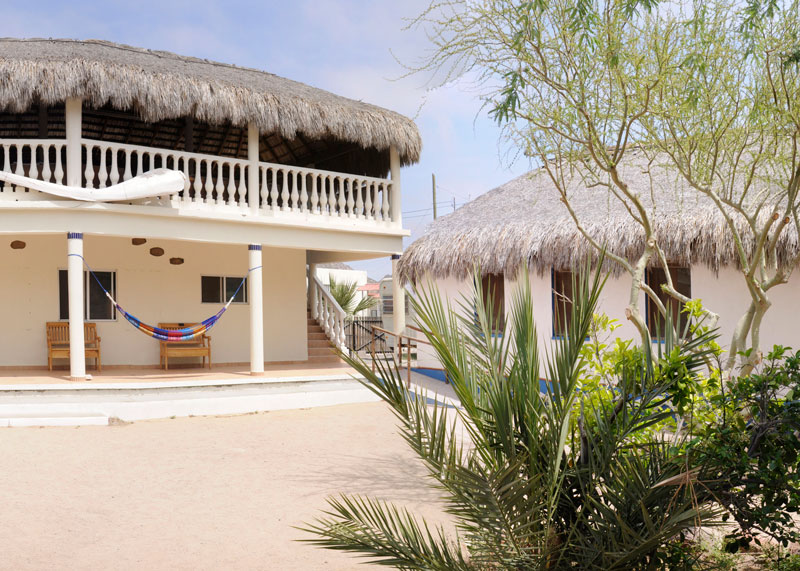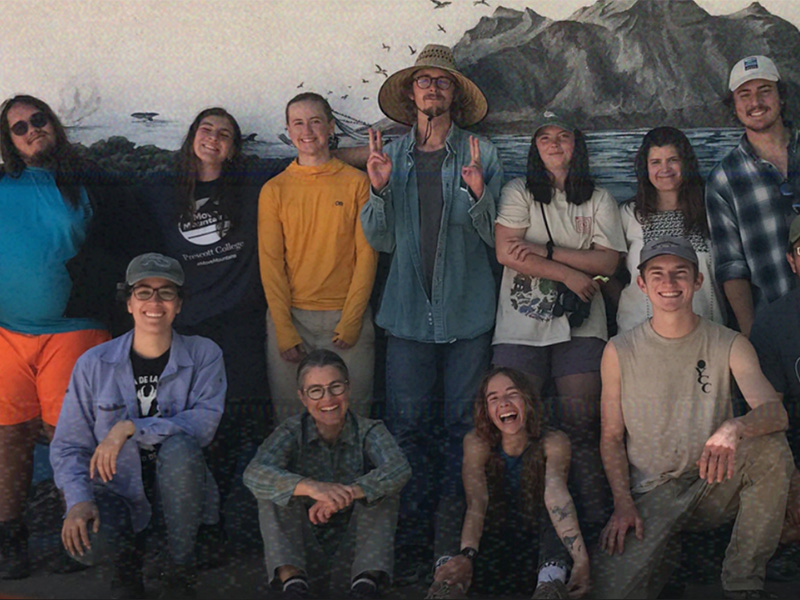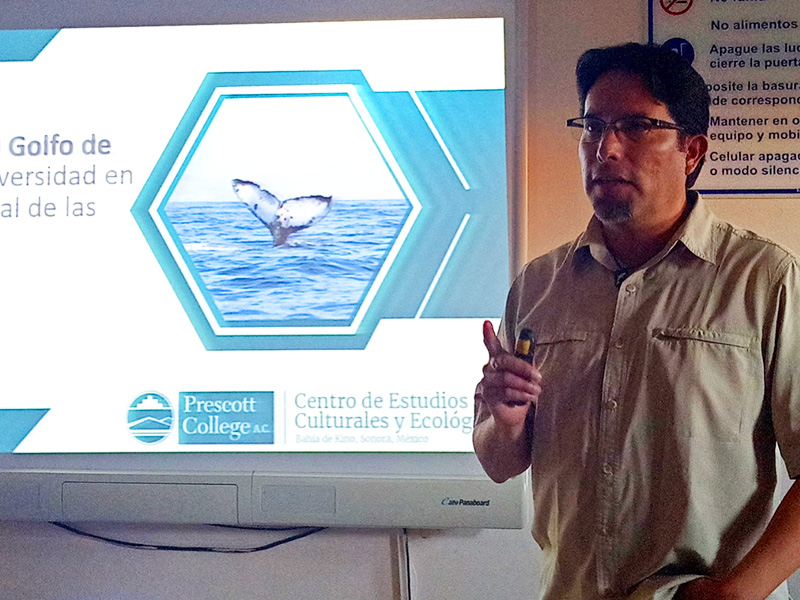Regional Ecology and Culture
Regional Ecology and Culture
Relationships between diverse ecosystems and communities
The biocultural landscape of the Eastern Midriff Island Region of the Gulf of California is unique on a global scale. The great diversity of habitats and environmental conditions is linked to high productivity and species diversity. The region’s many islands are legally well-protected and provide habitat for waterbird colonies, California Sea Lion reproduction, and Sonoran Desert flora and fauna, including many endemic species. The coasts and islands of the area have been home to the Comcaac (Seri) people for thousands of years. Today the region is home to diverse and interconnected human communities with overlapping social, cultural, and economic relationships with the natural environment. Local leaders, indigenous communities, fishermen, students, faculty, researchers, and resource managers co-exist in the region and have complementary perspectives for addressing threats, and promoting and supporting healthy ecosystems and human communities.
The first Prescott College classes arrived in the Eastern Midriff Island Region of the Gulf of California in 1969, bringing with them a commitment to experiential education, environmental sustainability and social justice. Established in 1991, the Prescott College Kino Bay Center for Cultural and Ecological Studies provides training and support for students, scientists, educators and community members, and builds platforms for collaborations between different cultures and institutions to co-create long-term conservation solutions based on science, local knowledge and education.




